Hosted by
Imagine
Imagine is a series of publication that investigates technology and material development to provide architects and designers with ideas for their design.
Series editors
Ulrich Knaack, TU Delft
Tillmann Klein, TU Delft
Marcel Bilow, TU Delft
Publisher
NAi010 Publishers
All Books
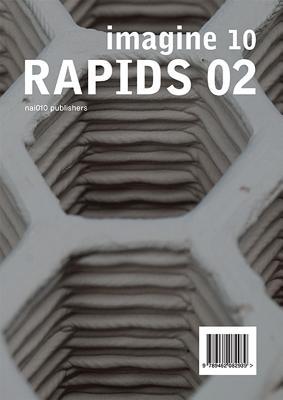
In 2014, a 3D-printed Canal House by DUS architects caught the attention of the world — including President Obama. The 3D Print Canal House proved the potentials of Additive Manufacturing for architecture and construction. Additive Manufacturing provides the architect with completely new solutions for realising tool-less production methods while allowing maximum freedom of design. Additive Manufacturing is ideally suited for Rapid Prototyping. It is possible to manufacture physical...
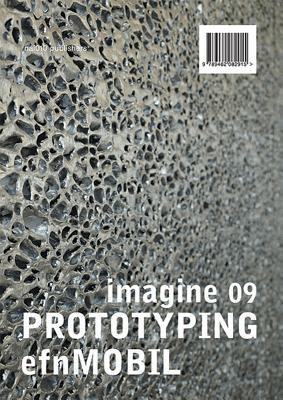
The Prototyping efn Mobile programme ‘emerging envelope’ develops innovative façade constructions with international student teams of the European Façade Network (EFN). The inspiring energy of workshops and 1:1 mock-up buildings generates a plethora of new ideas for intelligent, adaptive and sustainable façades. From adaptive building envelopes to sustainable end-of-life concepts, from user-interacting building envelopes to low-budget façades for various climate zones, this book provides...
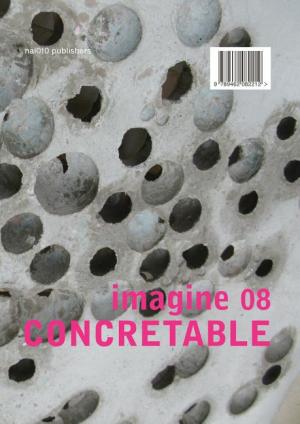
'Concretable' contains inspiring examples showing the endless possibilities of concrete. Today, concrete experiences a renaissance; one could speak of a neo-concrete era. The advantages adjudicated to this material have fundamentally changed. Modern types of concrete are available on the market for a multitude of applications - ranging from light and insulating to filigree and high pressure resistant. Concrete fascinates as no other material does since in its fluid state it can be forced...
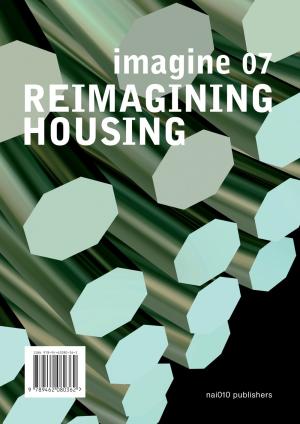
Architects much prefer to design new buildings. It gives a clear style and language, defines a position and contributes to developments in architecture. But today’s reality is that most buildings we will use in the future have already been built. We are required to reimagine them, whether refurbishing them for a better performance or giving them an entirely new duty.
This is the theme Reimagining Housing is targeting: the potentials of refurbishing an existing building not just to...
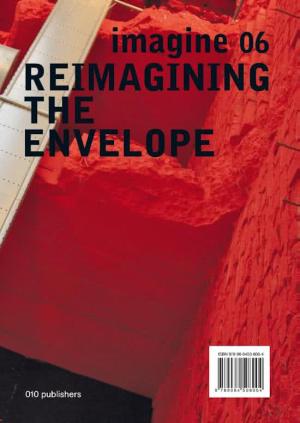
The renovation of buildings which are past their prime can no longer be regarded as a necessary evil that costs money and causes inconvenience. Increasingly, it is being acknowledged that to renovate a building and its façade, also known as the ‘envelope’, can hold out great advantages. Not only does it improve the quality of life and the performance, it can save energy and increase the building’s market value. This makes renovation an interesting proposition for owners, users and...
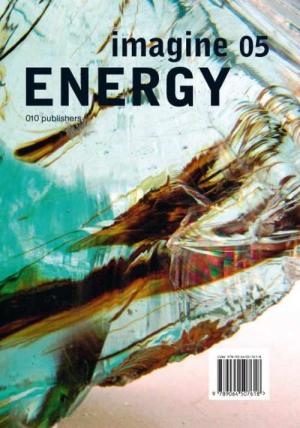
Climate design and climate engineering are nowadays standard in the design process. The more successful we are in this, the less energy we need to run the building during its useful life and we can focus instead on an additional aspect: the embodied energy — the energy we need for the material production and construction process. Interestingly, the reduction in energy used in a climate-efficient building during its lifetime is equal to the energy consumption necessary to produce and...
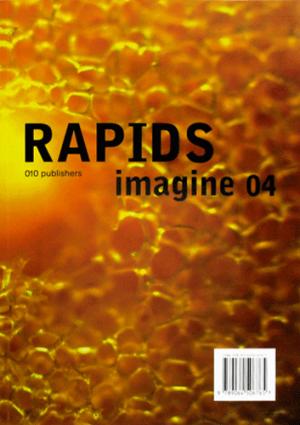
Processes of construction are related to available technologies of production and assembly. IT has made a deep impact on design possibilities and the control of production logistics, enabling feats such as freeform architecture and increasingly precise elaboration. Alternately, the idea of Rapid Prototyping and Rapid Manufacturing Technology provides the chance to create one-off components and elements for architecture. We now have the opportunity to design and construct without the...
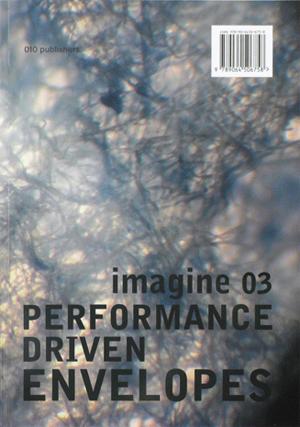
The impact of climate design on architecture is obvious. But design trends are currently attempting to implement climate design merely as an additional item in architectonic planning. The alternative is to start with an architectural attitude that will produce a comprehensively integrated design. To achieve this, design teams will have to accept an equality of importance, as well as understanding the demands of all relevant themes. This Imagine book is related to a series of lectures at...
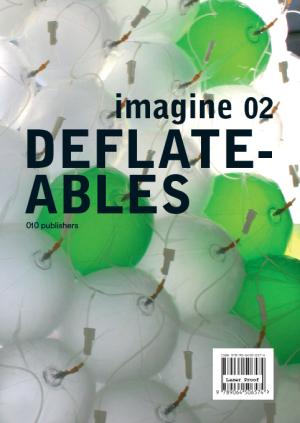
Pneumatic structures are thoroughly investigated and developed during the 1960s. However, the energy crisis and aesthetic developments impeded the use of these structures as a mainstream construction method. Nowadays, they are typically used in special areas of architecture and design. Deflateables concentrates on the very limited knowledge of vacuum constructions and develops a range of aesthetic, technical and functional design possibilities.
However, very few designs that use...
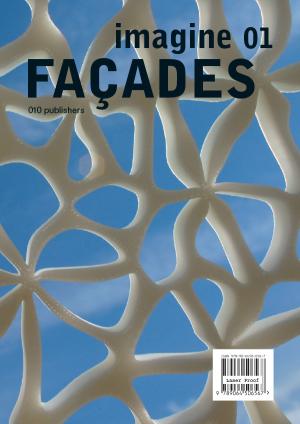
Façade technology of the 20th century is related to the dissolution of the massive wall into a separation of structure and façade. Looking at the development of façade technology, after 60 years of curtain wall systems, 30 years of element-façade systems and ten years of experience with the integration of environmental services in double façades, it can be concluded that the peak of optimisation has been reached. No further technical developments can be expected by continuing to apply...
